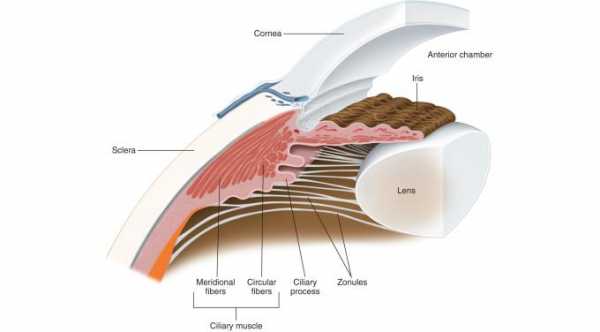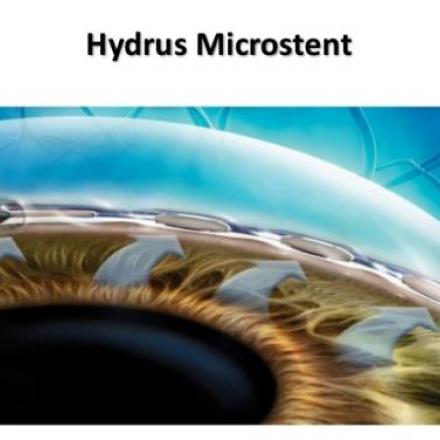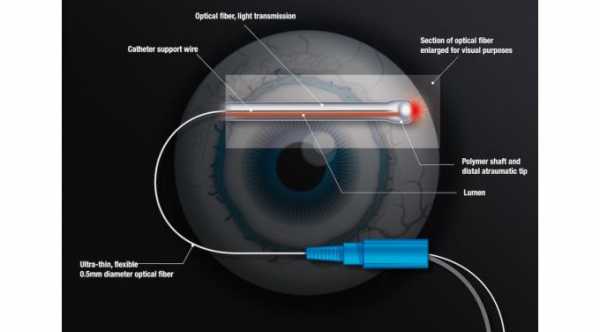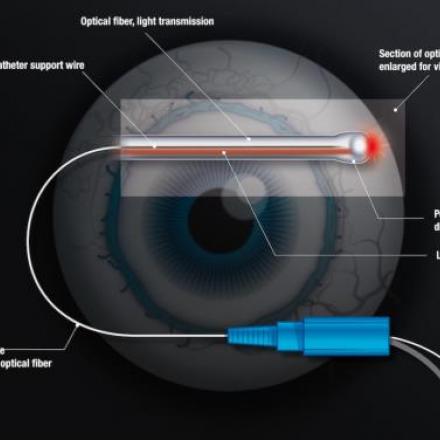
Definition of Glaucoma
The old definition of Glaucoma is an ocular disease with high intraocular pressure that can cause optic nerve damage. The new definition is any ocular disease or disorder that causes characteristic damage to the optic nerve head or optic neuropathy that results in progressive and characteristic visual field loss and it is ether associated with abnormal or normal eye pressure. Abnormal intraocular pressure can be high or low.
The second leading cause of blindness in the United States is Glaucoma. In most of cases it will cause gradual painless loss of vision without the notice of the patient until the disease is advanced. It is a group of diseases which lead to damage of optic nerve head and result in decrease in vision and constriction of visual field. The damage is irreversible.
The normal eye pressure or intraocular pressure (I.O.P) ranges from 10mmHg to 20 mmHg. Glaucoma occurs when intraocular pressure increases above 20 mmHg. IOP above 21 mmHg raises the suspicion and further investigations should be done.
There is a fluid inside the eye called aqueous humor. This fluid is produced from special part of the eye called ciliary body or ciliary process.
This fluid is drained through the angle of the eye. This angle located between the iris and the cornea and it is directed to channels called trabecular meshwork which drain aqueous fluid outside the eye into veins.
There are many reasons that lead to either increase in production of aqueous humor or decrease the drainage of it through the angle and trabecular meshwork and these reasons will lead to increase intraocular pressure in acute or chronic form. This high intraocular pressure will cause optic nerve damage through ischemia mainly.
What is Optic Nerve?
It is the nerve that arises from the back of the eyes and it is directed backward to the brain. It consists of 1.2 million axons or bundles in which their cells present in the retina. Those axons that will be damaged when there is high intraocular pressure.
With more axons damaged, there will be black spots formed in the visual field especially peripherally and only central vision is clear leading to tunnel vision. When the disease advanced, central vision will also be affected.
In the definition of glaucoma, there should be characteristic optic nerve damage with characteristic visual field defects. Not any visual field defect is caused by glaucoma.
Types of Glaucoma
Glaucoma can be either Primary Glaucoma or Secondary Glaucoma. Glaucoma said to be Primary when the cause of the glaucoma is unknown while it is called Secondary when there is increase in Intraocular pressure secondary to another ocular diseases.
Primary Glaucoma
Primary glaucoma is classified into: Primary Open Angle Glaucoma, Primary Angle Closure Glaucoma and Primary Congenital Glaucoma.
1- Primary Open Angle Glaucoma is divided into:
- Primary Open Angle Glaucoma
- Normal Pressure Glaucoma
2- Primary Angle Closure Glaucoma is divided into:
- Acute Angle Closure Glaucoma.
- Intermittent Angle Closure Glaucoma.
- Chronic Angle Closure Glaucoma.
- Latent Angle Closure Glaucoma.
Secondary Glaucoma
In Secondary glaucoma, there will be raise in Intraocular pressure due to pathological diseases of the eye. These pathological disorders occur either in the posterior chamber, the anterior chamber or in both chambers. Read more about Secondary Glaucoma
Glaucoma symptoms
Symptoms of glaucoma depend mainly on the type of glaucoma. For more information, click here.
Glaucoma Treatments
Treatments can be as eye drops, oral medications, laser treatment and surgical treatment.









